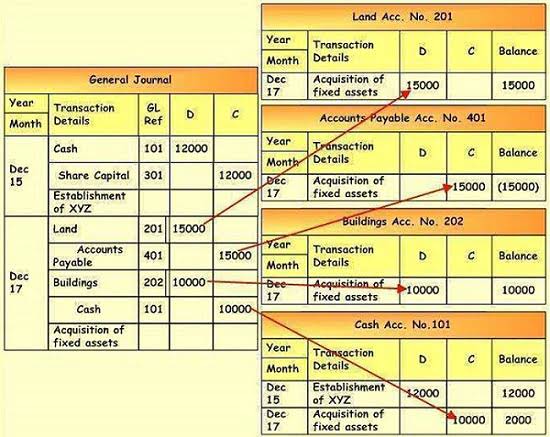Bookkeeping
Progressive Tax Explained: Benefits for Taxpayers

A progressive tax progresses to higher tax rates as taxable income increases. Individuals with lower incomes are taxed at lower rates than those with higher incomes. Progressive taxes exist so that the burden of paying for government services, oversight, and infrastructure doesn’t fall disproportionately on those earning lower incomes. The top earners are taxed more and on larger sums of money, so a progressive tax increases the amount of tax revenue coming in.
Taxes in Maryland (MD)
An example would be if one person earns $12,000 in a year, and another person earns $120,000. The lower-income person might pay 10%, or $1,200, in taxes, leaving them with $10,800 to cover all of their needs. In the early days of the Roman Republic, public taxes consisted of assessments on owned wealth and property. For Roman citizens, the tax rate under normal circumstances was 1% of property value, and could sometimes climb as high as 3% in situations such as war. These taxes were levied against land, homes and other real estate, slaves, animals, personal items and monetary wealth.

Taxes in West Virginia (WV)

It’s levied on the total value of assets passed to living beneficiaries at a top rate of 40% on amounts greater than $11.7 million as of 2021 (up from $11.58 million in 2020). Individuals should seek the advice of their own tax advisor for specific information regarding tax consequences of investments. Investments in securities entail risk and are not suitable for all investors. This site is not a recommendation nor an offer to sell (or solicitation of an offer to buy) securities in the United States or in any other jurisdiction. Read how automated account reconciliation can save you time and money and reduce errors for improved financial health.
Taxes in Georgia (GA)
The primary advantage of a progressive tax system is that it promotes fairness and equity in taxation. By imposing higher tax rates on those who earn more, the system ensures that the tax burden is distributed more evenly across different income groups. This helps to reduce the disparity between the rich and the poor, fostering a more balanced and just society. Adjusting tax rates based on income helps balance economic inequality and fund vital public services. While income summary it has drawbacks, its benefits in supporting social equity and government revenue make it a widely used approach.
Economic Stability
- A prime example is the principle that as income increases, the tax rate also rises.
- Others, like Texas and Florida, do not levy a state income tax at all, relying instead on other sources of revenue such as sales taxes and property taxes.
- This ensures that those with higher earnings contribute a larger share of their income in taxes.
- Financial planning and Investment advisory services offered through Diversified, LLC.
- The idea is that those who earn more have a greater ability to pay taxes, and therefore should contribute a higher proportion of their income to support public services and social welfare programs.
Higher tax rates on higher incomes can create disincentives for individuals to work harder, invest, and gym bookkeeping engage in entrepreneurial activities. These critics believe that a progressive tax system penalizes success and stifles economic growth by reducing the rewards for hard work and innovation. Countries like Denmark, Sweden, and Belgium often have highly progressive tax systems, characterized by relatively high top marginal tax rates and substantial social welfare programs. However, their overall tax burden, including VAT and other taxes, also plays a significant role.
A progressive tax system reduces the tax burden on those who can least afford to pay. A single filer only has to pay 10% in federal income tax if they earn $11,925 or less a year as of what is the defining feature of a progressive tax? 2025. Single filers who earn more than $626,350 annually must pay 37% on every dollar of income earned over $626,350.


A Progressive Tax system works by applying increasing tax rates as income rises. Governments divide income into brackets, each with its own marginal tax rate, for example, 10%, 12%, 22%, etc. You pay the lower rate on income within the first bracket, then the next higher rate on the portion above that, and so on.
Taxes in Delaware (DE)
Progressive tax systems improve the poor’s ability to purchase everyday items as well, increasing economic demand. Theoretical framework of this idea could be referred back to William Petty, Vilferdo Pareto, and Paul Samuelson among others. Diversified, LLC does not provide tax advice and should not be relied upon for purposes of filing taxes, estimating tax liabilities or avoiding any tax or penalty imposed by law.